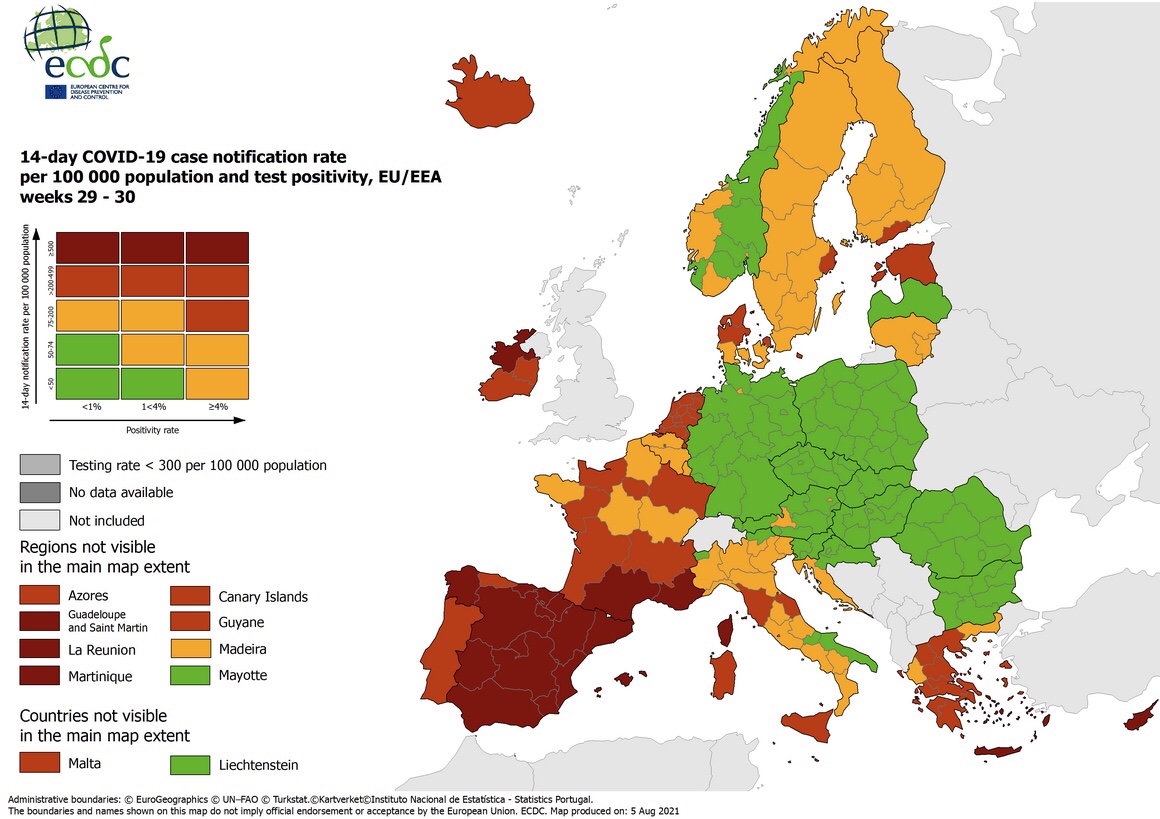VM Virtual Box

Debian 11
- Graphical Install without much to add
- GNOME Desktop Environment
- Change Screen to 1920×1200 & Timezone
- Add user “wolfgang” to sudoers
su -
usermod -aG sudo wolfgang
getent group sudo
su - wolfgangRestart
Working Environment
… install the HTTPS support for apt to get packages from Microsoft and other repositories:
sudo apt install -y curl apt-transport-httpsSurface
… make a folder for the themes:
mkdir ~/.themes… enable user themes in the tweak tool:

Owncloud-Client
… download and add the repositories key:
wget -nv https://download.owncloud.com/desktop/ownCloud/stable/latest/linux/Debian_11/Release.key -O - | gpg --dearmor | sudo tee /etc/apt/trusted.gpg.d/owncloud.gpg > /dev/null… add repository:
echo 'deb https://download.owncloud.com/desktop/ownCloud/stable/latest/linux/Debian_11/ /' | sudo tee -a /etc/apt/sources.list.d/owncloud.list… update the repository list and install:
sudo apt update && sudo apt install owncloud-clientChrome
… download and add the repositories key:
curl -sSL https://dl.google.com/linux/linux_signing_key.pub | sudo gpg --dearmor -o /usr/share/keyrings/googlechrome-linux-keyring.gpg… add repository:
echo "deb [arch=amd64 signed-by=/usr/share/keyrings/googlechrome-linux-keyring.gpg] http://dl.google.com/linux/chrome/deb/ stable main" | sudo tee /etc/apt/sources.list.d/google-chrome.list… update the repository list and install:
sudo apt update && sudo apt install -y google-chrome-stableVisual Code
… download and import the Microsoft signing GPG key:
curl -sSL https://packages.microsoft.com/keys/microsoft.asc | sudo gpg --dearmor -o /usr/share/keyrings/ms-vscode-keyring.gpg… add repository:
echo "deb [arch=amd64 signed-by=/usr/share/keyrings/ms-vscode-keyring.gpg] https://packages.microsoft.com/repos/vscode stable main" | sudo tee /etc/apt/sources.list.d/vscode.list… update the repository list and install:
sudo apt update && sudo apt install -y codeMySQL Workbench
… unfortunately only with snap:
sudo apt install snapd && snap install mysql-workbench-community… connect the snap-sandbox and the password-manager-service to store the passwords:
sudo snap connect mysql-workbench-community:password-manager-service :password-manager-service… connect the snap-sandbox and the ssh-keys to store the ssh connections:
sudo snap connect mysql-workbench-community:ssh-keys :ssh-keysContainer Environment
… install required Docker dependencies:
sudo apt -y install apt-transport-https ca-certificates curl gnupg2 software-properties-common… download and import the Docker signing GPG key:
curl -fsSL https://download.docker.com/linux/debian/gpg | sudo gpg --dearmor -o /usr/share/keyrings/docker-archive-keyring.gpg… add repository:
echo "deb [arch=amd64 signed-by=/usr/share/keyrings/docker-archive-keyring.gpg] https://download.docker.com/linux/debian $(lsb_release -cs) stable" | sudo tee /etc/apt/sources.list.d/docker.list… install the latest version of the Docker engine and container:
sudo apt update && sudo apt install docker-ce docker-ce-cli containerd.io
… check version:
docker –version… check service:
sudo systemctl status docker… add the docker user with a docker-home directory:
sudo useradd -m -g docker docker